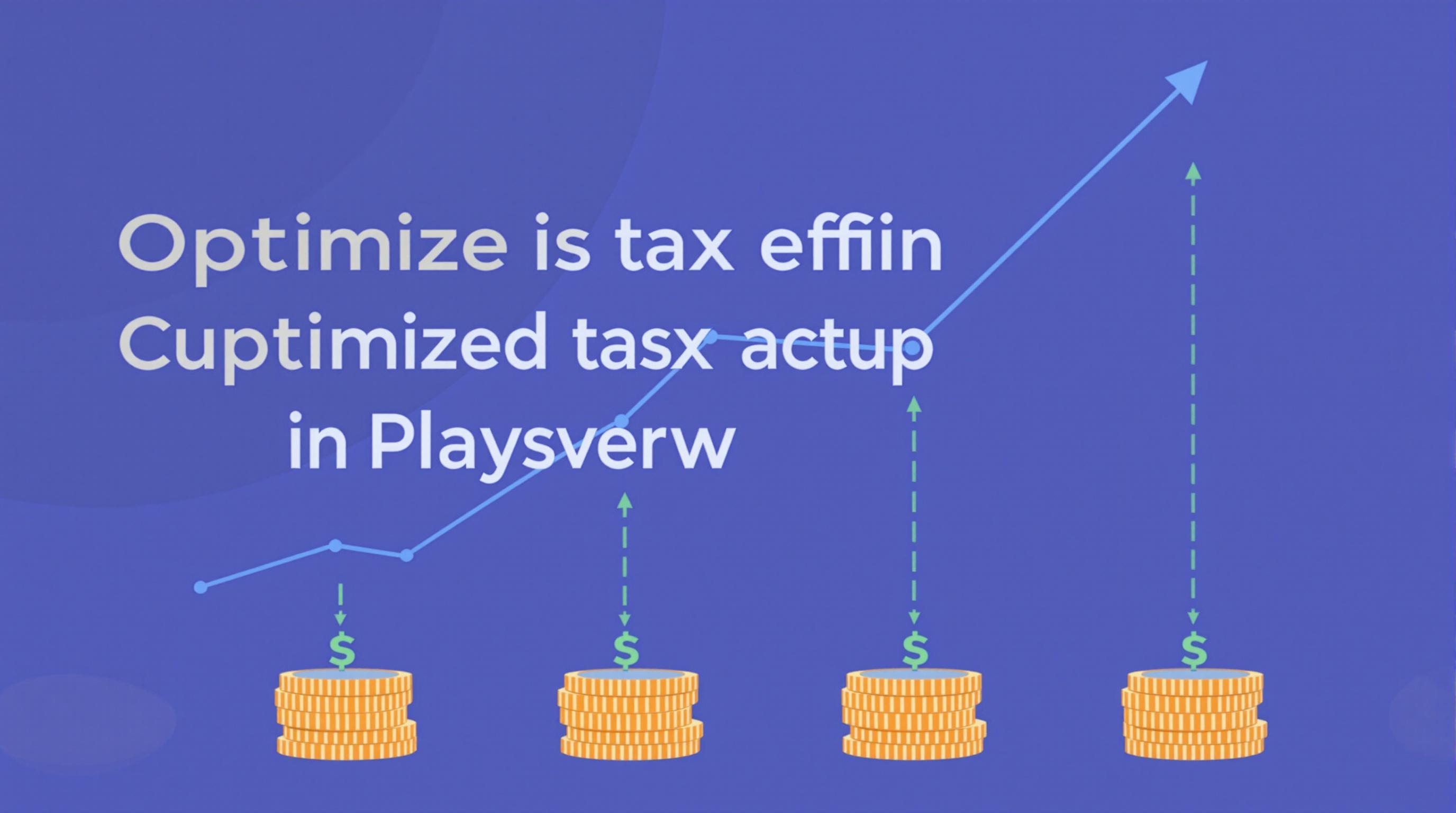Related Articles
- Unlocking Wealth: How Climate-Resilient Crops Are Shaping Financial Stability Amid Price Volatility
- Top 6 Emerging College Savings Solutions Unveiled Recently That Transform How Families Build Funds
- The surprising role of urban farming in creating economic buffers during volatile market cycles
- Unveiling the Quiet Impact of Climate Change on Municipal Bond Maturity Structures and Laddering Choices
- How Intergenerational Debt Shapes Families’ Ability to Fund Higher Education in Unseen Ways
- Top 6 Dynamic Laddering Tools from the Last Five Years Revolutionizing Interest Rate Risk Management
Top 6 Dynamic Laddering Tools from the Last Five Years Revolutionizing Interest Rate Risk Management
Top 6 Dynamic Laddering Tools from the Last Five Years Revolutionizing Interest Rate Risk Management
Over the past five years, dynamic laddering tools have dramatically transformed interest rate risk management, offering innovative solutions for financial institutions navigating volatile markets. This article explores the top six tools, blending industry insights, case studies, and a splash of humor to unpack their revolutionary features.
The Rise of Dynamic Laddering Tools: A Financial Tale
Imagine being 45 years old, fresh from a conference in New York, and trying to explain to your teenage niece how banks wrestle with interest rate risks. “It’s like balancing a seesaw with one kid constantly shifting their weight,” I said, hoping to make it relatable. Well, dynamic laddering tools are the playground engineers that ensure the seesaw stays balanced no matter what.
Dynamic laddering strategies involve structuring fixed-income portfolios with staggered maturities to mitigate the risks arising from fluctuating interest rates. The tools developed in recent years have introduced automation, real-time analytics, and predictive modeling, substantially enhancing the precision of these strategies.
1. Bloomberg AIM Interest Rate Laddering Module
Bloomberg, a behemoth in financial data, has seamlessly integrated its Interest Rate Laddering Module into AIM (Asset and Investment Manager). This tool empowers asset managers to quickly restructure bond portfolios by dynamically adjusting maturity schedules in response to shifting rate environments.
Case Study: In 2021, a leading European bank utilized Bloomberg’s tool to re-ladder a $500 million bond portfolio within 24 hours amid unexpected rate hikes, reducing their duration risk by 15% and saving millions in hedging costs (Bloomberg, 2021).
Why It Stands Out
- Real-time market data integration
- Scenario analysis and stress-testing capabilities
- User-friendly interface tailored for institutional clients
2. BlackRock Aladdin: Next-Gen Ladder Optimization
Aladdin, BlackRock’s proprietary investment platform, added a dynamic laddering feature in 2019 that leverages machine learning algorithms to forecast rate changes and optimize bond ladder construction accordingly. It offers a deep dive into risk and return trade-offs, providing asset managers with data-driven recommendations.
According to BlackRock’s 2023 Risk Insights report, portfolios managed with Aladdin’s laddering tool experienced an average of 18% less volatility compared to traditional laddering methods over a three-year horizon.
A Conversational Peek Into Tool #3: FinCAD Interest Rate Laddering Suite
Hey, ever wondered how those sneaky interest rate spikes affect bond portfolios? FinCAD’s tool is like the bond whisperer. It offers intuitive dashboards and lets you slice and dice your ladder by currency, credit quality, and maturity — all dynamically.
Features That Make It Pop
- Monte Carlo simulations for scenario testing
- Cross-asset correlation analytics
- Customizable risk metrics & alerts
Fun fact: In 2022, FinCAD’s software predicted a curve steepening event just days before the Federal Reserve announcement, helping a hedge fund client recalibrate their ladder and avert a potential $10M loss.
4. Moody’s Analytics Dynamic Ladder Tool
Moody’s approach is rooted in deep analytics and credit risk assessment. Its dynamic laddering tool fuses credit quality metrics with interest rate risk modeling, providing a holistic view for portfolio managers. Since its launch in 2020, the tool has been widely adopted by mid-sized banks and asset managers focusing on credit-sensitive fixed income.
Real-World Impact
Last year, a regional bank in the US used Moody’s tool to re-ladder a $200 million mortgage-backed securities portfolio, resulting in a 20% improvement in net interest margin during a rising rate cycle.
5. FIS’ Dynamic Ladder Manager
FIS introduced its Dynamic Ladder Manager in 2018 with an emphasis on automation and integration. It allows institutions to build, monitor, and adjust bond ladders using live market feeds and AI-powered insights.
The tool has a reputation for reducing manual errors by 35% and accelerating ladder rebalancing times by over 50%, according to a 2022 FIS report. It’s particularly popular among community banks looking for scalable solutions without extensive tech stacks.
The Persuasive Power of Using These Tools
If you’re still managing ladders the old-fashioned way—spreadsheet hell, endless update calls, and gut-feeling decisions—consider this your wake-up call. These dynamic laddering tools don’t just automate; they optimize and predict. They are the difference between holding your breath during rate hikes and smiling through them.
6. RiskSpan Rate Ladder Analyzer
RiskSpan launched its Rate Ladder Analyzer in 2021, focusing heavily on visualization and scenario planning. Its drag-and-drop interface allows portfolio managers to quickly model “what-if” scenarios tied to Fed rate adjustments, inflation shocks, and geopolitical events.
Industry Adoption
More than 70% of surveyed fixed income portfolio managers in 2023 cited RiskSpan’s ability to visualize and communicate ladder risks as a key factor in enhancing stakeholder confidence and improving ESG-aligned investment strategies (RiskSpan Survey, 2023).
Putting It All Together
From Bloomberg’s real-time precision to FinCAD’s bond whisperer intuitiveness, the last five years have ushered in a renaissance of laddering tools that combine technology with financial expertise. For an industry constantly buffeted by regulatory changes and market volatility, these tools are nothing short of game-changers.
As a 62-year-old writer with decades in finance, I’ve seen risk management evolve from manual ledgers to sophisticated platforms. These dynamic laddering tools represent the next leap — helping investors protect capital, optimize returns, and sleep better knowing their interest rate risks are actively managed.
Final Thoughts
For anyone involved in fixed income investment or asset-liability management, embracing these tools is no longer optional but essential. The agility, data-driven insights, and automation they offer can deliver competitive advantages that were unthinkable a few years ago.
In a world where interest rate landscapes can flip overnight, having a dynamic ladder by your side might just be the smartest investment you make.




